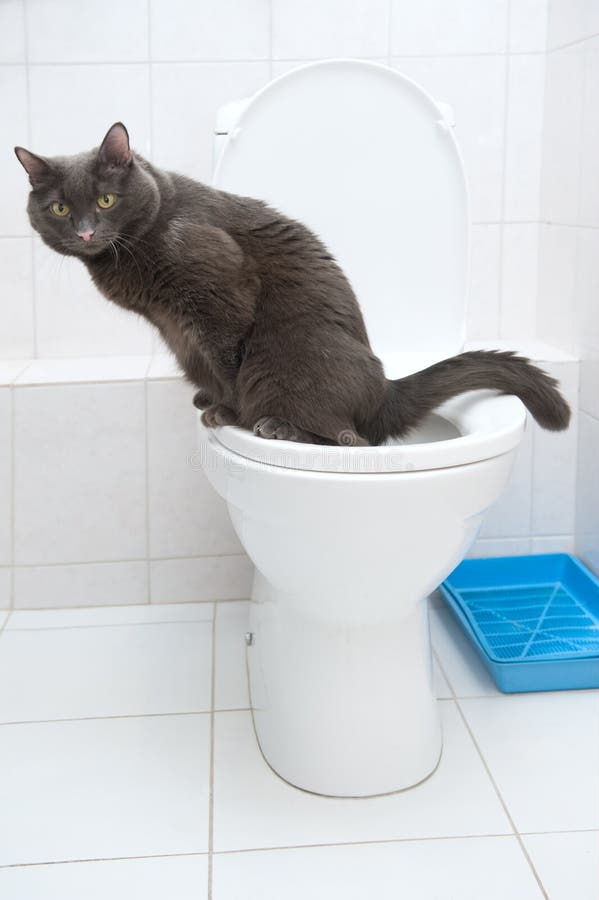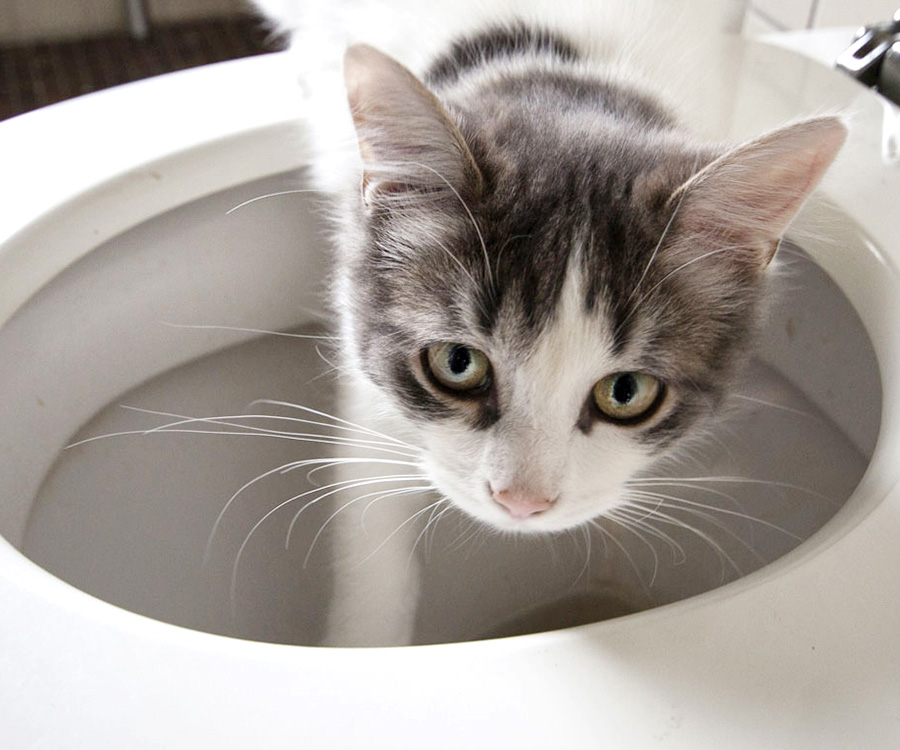Avoid Clogs and Damage: Never Flush Cat Poop Down Your Toilet - Expert Insights
Avoid Clogs and Damage: Never Flush Cat Poop Down Your Toilet - Expert Insights
Blog Article
We've noticed this article about Can You Flush Cat Poop Down The Toilet? down the page on the internet and felt it made sense to relate it with you on my blog.

Intro
As feline proprietors, it's vital to be mindful of how we get rid of our feline close friends' waste. While it may appear practical to flush pet cat poop down the commode, this practice can have detrimental repercussions for both the setting and human health and wellness.
Alternatives to Flushing
The good news is, there are safer and extra responsible means to take care of feline poop. Take into consideration the following options:
1. Scoop and Dispose in Trash
One of the most typical approach of disposing of pet cat poop is to scoop it right into a naturally degradable bag and throw it in the garbage. Be sure to utilize a committed litter inside story and deal with the waste immediately.
2. Use Biodegradable Litter
Go with biodegradable pet cat trash made from materials such as corn or wheat. These trashes are eco-friendly and can be safely dealt with in the garbage.
3. Hide in the Yard
If you have a yard, consider hiding pet cat waste in a marked area away from vegetable gardens and water sources. Make certain to dig deep enough to avoid contamination of groundwater.
4. Install a Pet Waste Disposal System
Invest in a pet dog garbage disposal system particularly developed for pet cat waste. These systems make use of enzymes to break down the waste, decreasing odor and environmental effect.
Health and wellness Risks
In addition to ecological problems, purging feline waste can likewise position health threats to people. Feline feces might include Toxoplasma gondii, a bloodsucker that can trigger toxoplasmosis-- a possibly severe ailment, specifically for pregnant women and individuals with damaged body immune systems.
Ecological Impact
Flushing pet cat poop presents hazardous pathogens and bloodsuckers into the water, presenting a substantial danger to water ecological communities. These pollutants can adversely impact aquatic life and compromise water quality.
Verdict
Liable pet possession extends beyond giving food and shelter-- it likewise involves appropriate waste administration. By refraining from flushing pet cat poop down the bathroom and choosing alternate disposal techniques, we can minimize our environmental footprint and shield human health.
Why Can’t I Flush Cat Poop?
It Spreads a Parasite
Cats are frequently infected with a parasite called toxoplasma gondii. The parasite causes an infection called toxoplasmosis. It is usually harmless to cats. The parasite only uses cat poop as a host for its eggs. Otherwise, the cat’s immune system usually keeps the infection at low enough levels to maintain its own health. But it does not stop the develop of eggs. These eggs are tiny and surprisingly tough. They may survive for a year before they begin to grow. But that’s the problem.
Our wastewater system is not designed to deal with toxoplasmosis eggs. Instead, most eggs will flush from your toilet into sewers and wastewater management plants. After the sewage is treated for many other harmful things in it, it is typically released into local rivers, lakes, or oceans. Here, the toxoplasmosis eggs can find new hosts, including starfish, crabs, otters, and many other wildlife. For many, this is a significant risk to their health. Toxoplasmosis can also end up infecting water sources that are important for agriculture, which means our deer, pigs, and sheep can get infected too.
Is There Risk to Humans?
There can be a risk to human life from flushing cat poop down the toilet. If you do so, the parasites from your cat’s poop can end up in shellfish, game animals, or livestock. If this meat is then served raw or undercooked, the people who eat it can get sick.
In fact, according to the CDC, 40 million people in the United States are infected with toxoplasma gondii. They get it from exposure to infected seafood, or from some kind of cat poop contamination, like drinking from a stream that is contaminated or touching anything that has come into contact with cat poop. That includes just cleaning a cat litter box.
Most people who get infected with these parasites will not develop any symptoms. However, for pregnant women or for those with compromised immune systems, the parasite can cause severe health problems.
How to Handle Cat Poop
The best way to handle cat poop is actually to clean the box more often. The eggs that the parasite sheds will not become active until one to five days after the cat poops. That means that if you clean daily, you’re much less likely to come into direct contact with infectious eggs.
That said, always dispose of cat poop in the garbage and not down the toilet. Wash your hands before and after you clean the litter box, and bring the bag of poop right outside to your garbage bins.
https://trenchlesssolutionsusa.com/why-cant-i-flush-cat-poop/

As a serious reader on Can You Flush Cat Poo or Litter Down the Toilet?, I was thinking sharing that piece of content was important. For those who appreciated our blog posting if you please make sure you remember to share it. Thank you so much for taking the time to read it.
Call Us Today Report this page